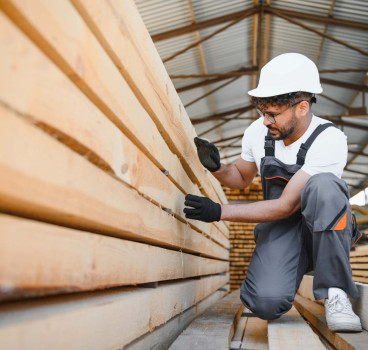Additional Blogs

What if Building Control went fully digital?
Building control governs structural integrity, fire protection, energy efficiency, accessibility and countless other aspects of design and construction. Historically, this process has been highly...
Read moreWhere most “Smart Buildings” go wrong
Smart buildings are often presented as the ultimate in modern construction - interconnected, efficient, intuitive and driven by real-time data. They promise lower operating costs, reduced energy use,...
Read more

The future of facilities management starts at RIBA Stage 0
Facilities management has traditionally been treated as a discipline that only becomes relevant once a building is handed over. At that point, FM professionals inherit decisions made months or years...
Read more